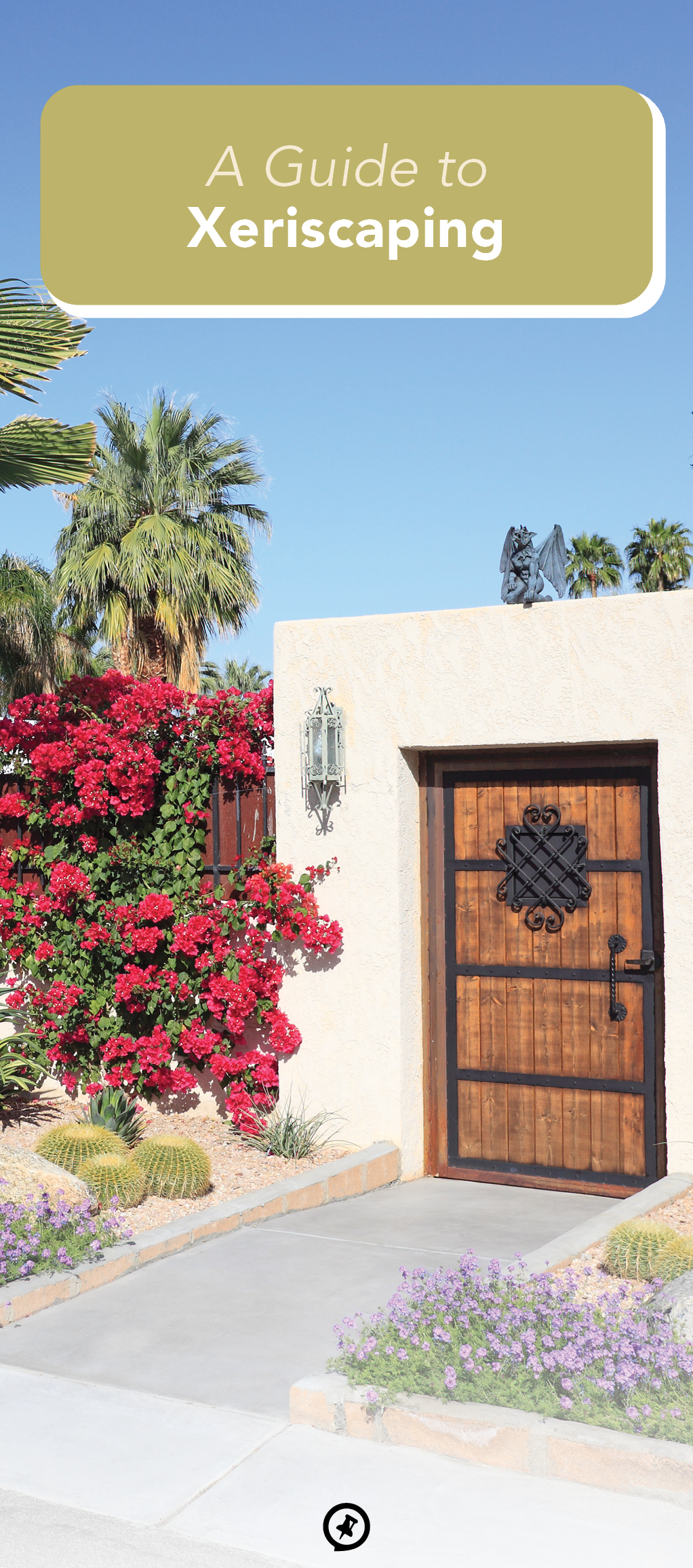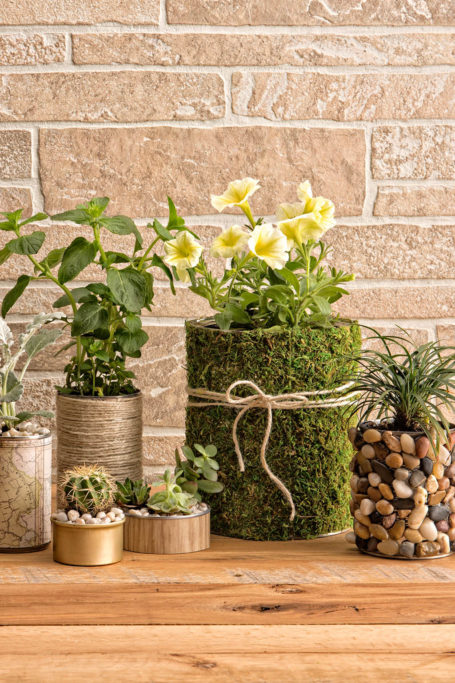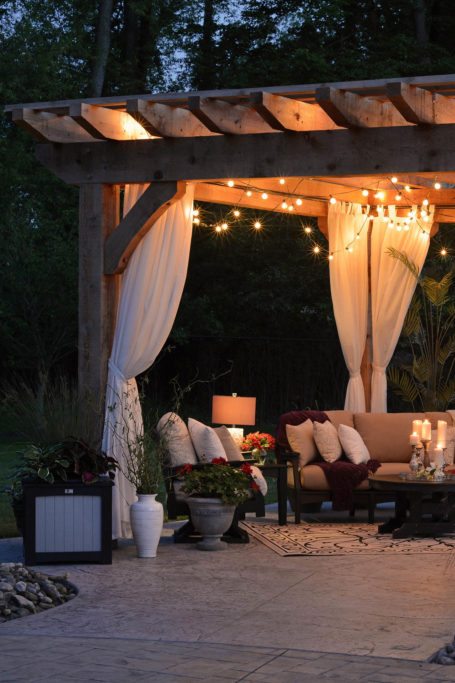Xeriscaping: A Trendy Alternative to Grassy Lawns
Before you roll out a patch of green grass in your new yard or turn on the sprinklers yet again to water a guzzling lawn, consider an alternative: xeriscaping, a more creative and sustainable way to design your landscaping.
What is Xeriscaping?
From the Greek term xēros, meaning “dry,” xeriscaping involves designing natural spaces in the interest of conserving water. Traditionally a solution to landscaping in drought-prone areas, a xeriscaped yard doesn’t have grass turf, eliminating the heavy watering and precise maintenance often required for large stretches of grass. Features of a xeriscaped lawn include a variety of beautiful, intricate plant life—like cacti, trees, shrubs, and floral plants—and inorganic matter like stones and gravel.
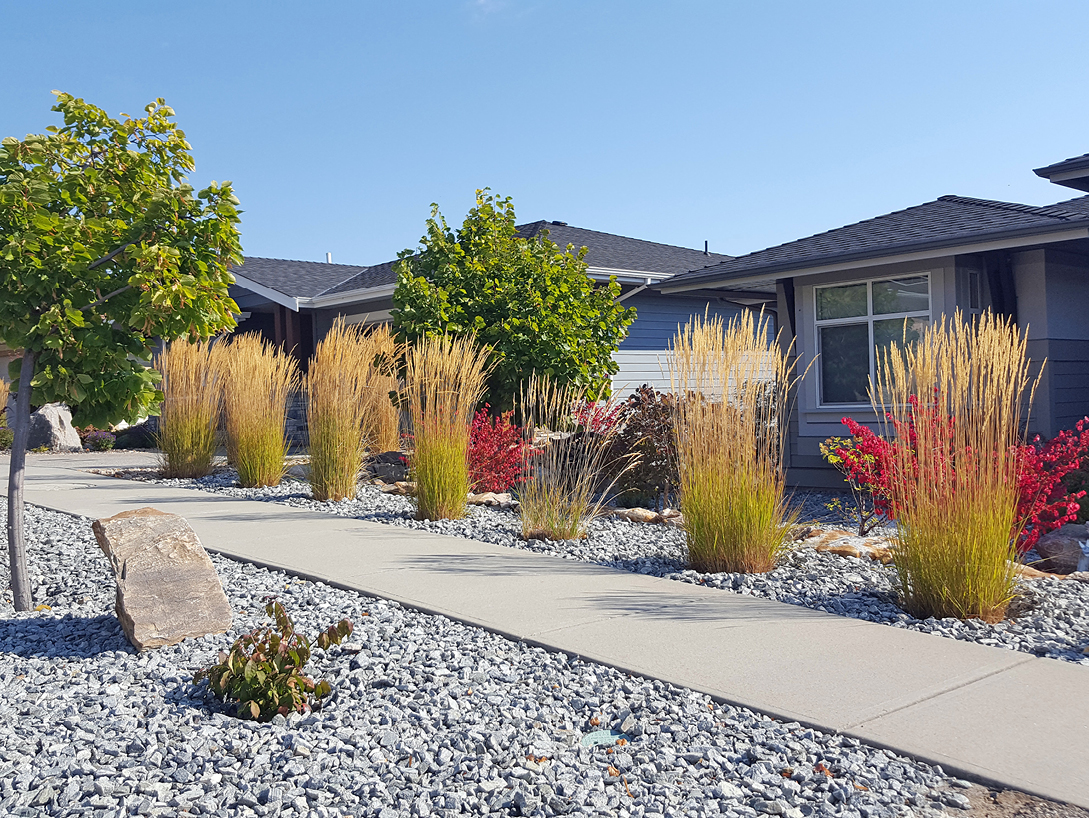
Who is Xeriscaping for?
While this concept was intended to give homeowners in desert climates creative freedom to design yards unfit for grass, xeriscaping is for just about anyone! Some enjoy the Southwestern appeal of cacti and desert shrubs, but people in rainy climates may prefer xeriscaping with oak trees, floral plants, and luscious vines.
There’s only one rule of xeriscaping: replacing water-demanding grass lawns with pebbles, rocks, or another ground cover like creeping juniper. You can even incorporate less water-demanding grasses like monkey grass or pampas grass in small quantities, sprinkling them between native floral shrubs or trees.
Ultimately, the aim is to conserve water, not replicate a desert design scheme. Given that water conservation is an increasing concern in just about every region of the country, it’s no surprise that interest in xeriscaping is growing. After all, maintaining an expansive grass lawn is incredibly demanding. The EPA estimates that the average American family uses 320 gallons of water per day, and more than 15 percent of that goes to watering lawns and gardens. Transforming your yard with xeriscaping techniques can save tremendous amounts of water—and lower your bills.
Some may feel that xeriscaping is too adventurous or nontraditional. However, expansive grass lawns have only been a fixture of American homes since the 1950s, when a growing cultural interest in golf and the birth of suburban neighborhoods inspired a new trend: imitating bright-green, perfectly trimmed golf courses at home. If grass doesn’t naturally flourish in your region of the country, you may want to save money and reduce your impact with a xeriscaped lawn.
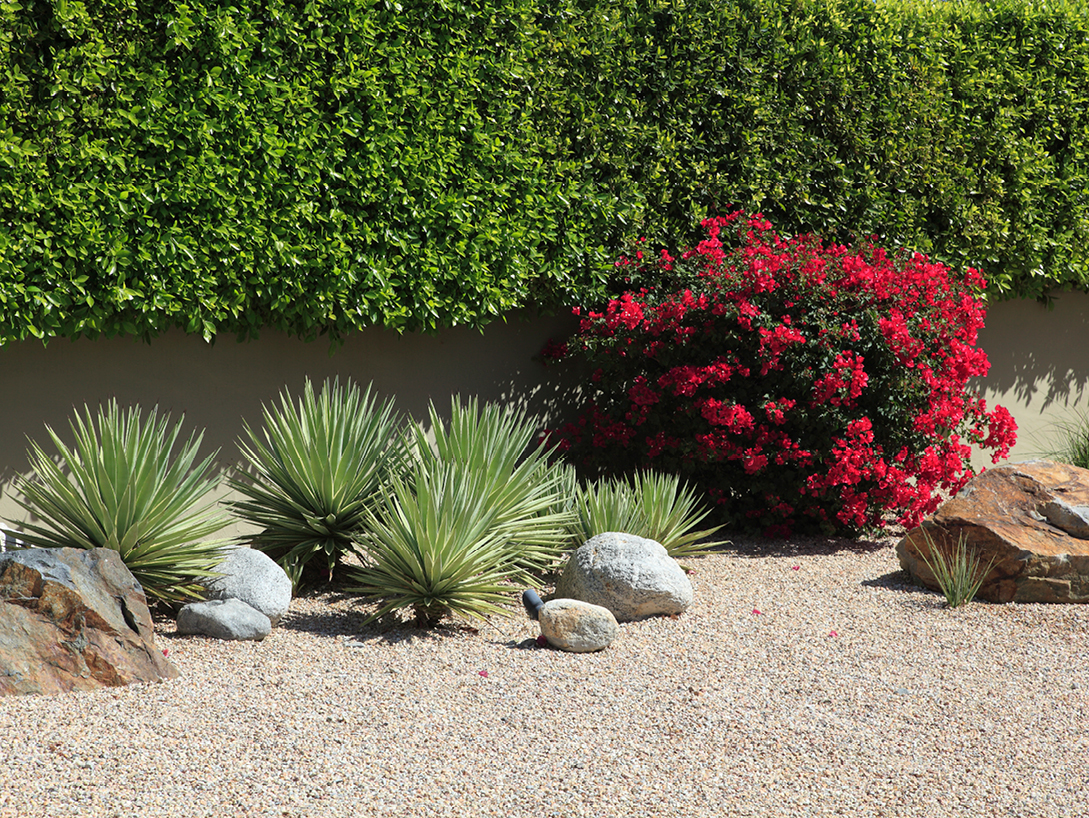
How to Xeriscape Your Lawn
To join this yard-design movement, start by planting native foliage, which has evolved to handle seasonal rigors, periods of drought and rain, and other qualities of your local climate. You can contact a xeriscaping-focused landscaper in your area for a native drought-resistant plant guide or even request its design services.
Whether you plant it yourself or hire some help, your xeriscaped yard should end up being so low maintenance that it needs very little watering at all. As nature takes its course, your plant life will flourish. There’s no need to worry about fixing brown patches, mowing overgrown grass, aerating soil, or managing any of the other annoyances that have too long seemed to be requirements of American yard maintenance.
Xeriscaping ideas
Xeriscaping is nature forward and may offer far more design freedom than a grass lawn does. While many landscaping companies typically use shrubs, flowers, and trees to border extensive fields of empty grass, xeriscaping welcomes immense creativity. Plant rows of vibrant bushes where nothing but plain grass may have been, and layer this look with contrasting stones and pebbles.
To inspire a natural aesthetic, visit a nature center or wilderness trail near your home, take photos of Mother Nature’s work, then replicate the look on your property. For elegant inspiration, look to a historically popular xeriscape style such as a Japanese zen garden filled with white sand and small, smooth river rocks or a European garden featuring pea gravel, dense shrubs, and ivy-covered stones.

Xeriscaping recommendations
To help maximize your water-saving e ciency, arrange plants in your yard by drought tolerance so you can water them in groups based on need. If you’re designing to achieve a natural look, group plants of varying heights and compatible colors together, like light-green lamb’s ear shrubs, pink-tinted autumn joy flowers, and a tall yucca plant with deep-green leaves and a tan bark.
You can also incorporate hardscapes—outdoor features like walkways, retaining walls, and firepits—into your xeriscape for visual balance. However, your design approach should differ from those with grass lawns. While a stone walkway through a sea of green grass will form a nice contrast, you won’t get the same effect by installing stone amid gravel or pebble ground cover. Instead, use offsetting colors and shades to make each element stand out. For example, if you want to install a paver patio in your xeriscaped yard, pair ground filler like black river rocks with off-white stone pavers. Your eye will immediately zero in on this welcoming space.
Ultimately, the joys of xeriscaping lie not only in its environmental benefits but also in its style potential. Unleash your creativity as you welcome native plants, hardscapes, and water-saving features for something unlike the typical grass lawn: a yard that is distinct and eco-friendly.
To find your climate region and get local plant care advice, visit almanac.com











